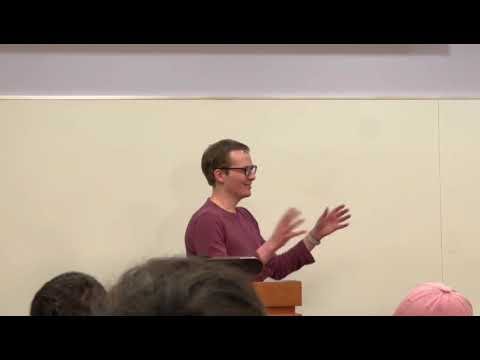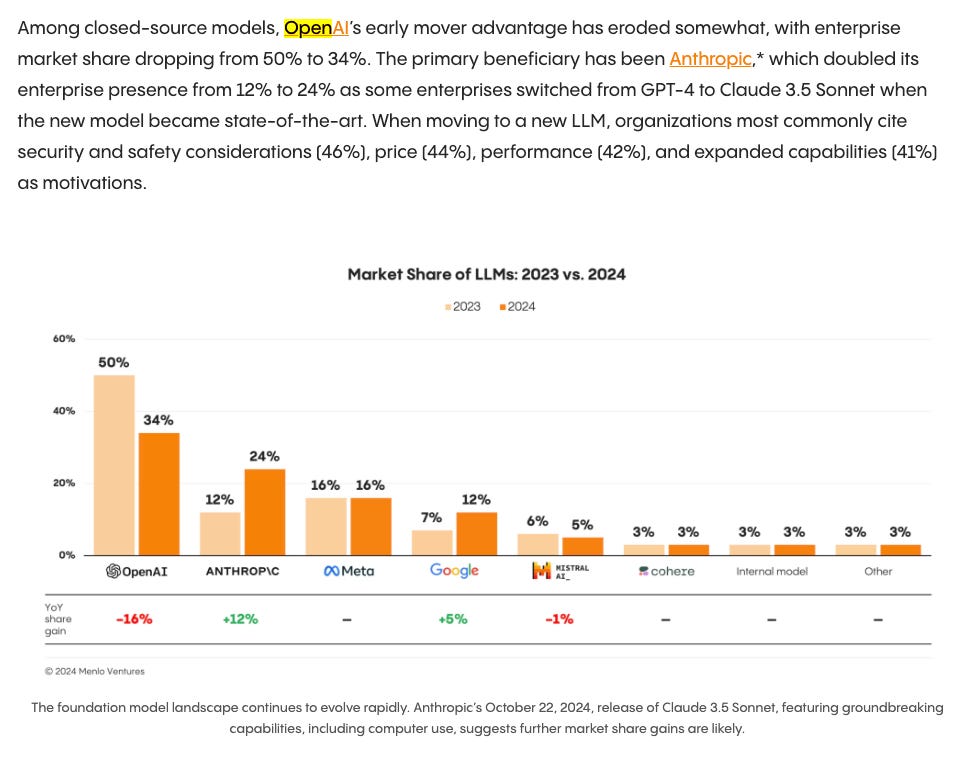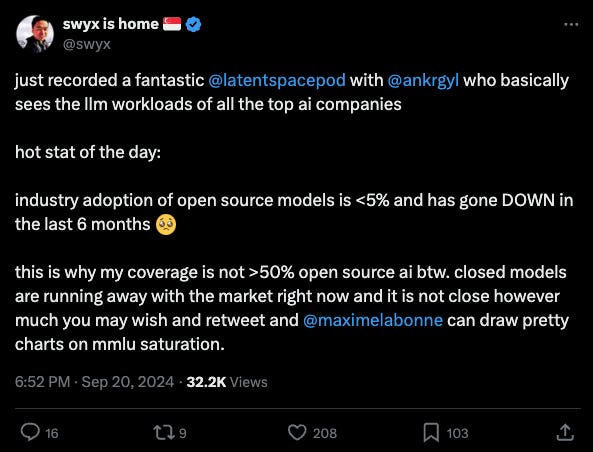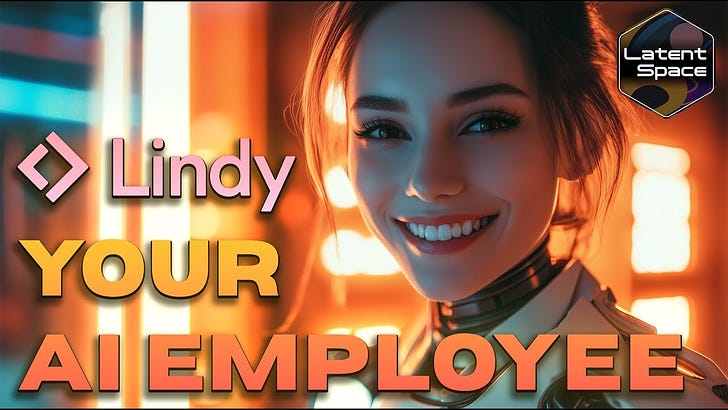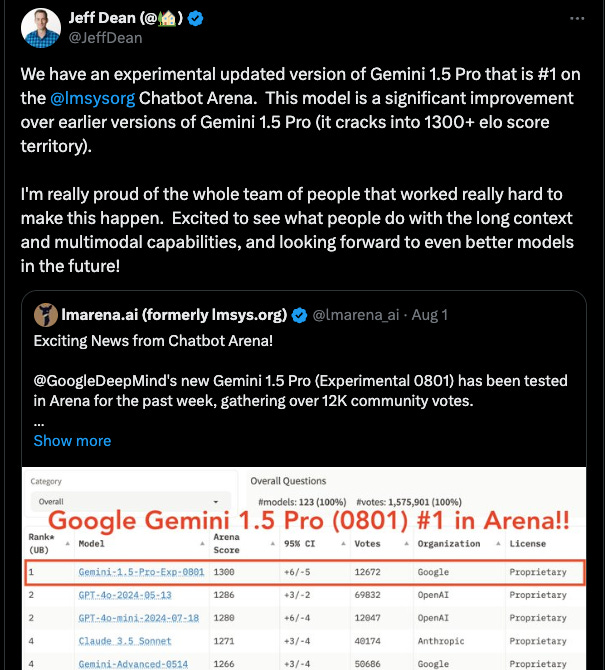Agents @ Work: Dust.tt
Description
We are recording our next big recap episode and taking questions!
Submit questions and messages on Speakpipe here for a chance to appear on the show!
Also subscribe to our calendar for our Singapore, NeurIPS, and all upcoming meetups!
In our first ever episode with Logan Kilpatrick we called out the two hottest LLM frameworks at the time: LangChain and Dust. We’ve had Harrison from LangChain on twice (as a guest and as a co-host), and we’ve now finally come full circle as Stanislas from Dust joined us in the studio.
After stints at Oracle and Stripe, Stan had joined OpenAI to work on mathematical reasoning capabilities. He describes his time at OpenAI as "the PhD I always wanted to do" while acknowledging the challenges of research work: "You're digging into a field all day long for weeks and weeks, and you find something, you get super excited for 12 seconds. And at the 13 seconds, you're like, 'oh, yeah, that was obvious.' And you go back to digging."
This experience, combined with early access to GPT-4's capabilities, shaped his decision to start Dust: "If we believe in AGI and if we believe the timelines might not be too long, it's actually the last train leaving the station to start a company. After that, it's going to be computers all the way down."
The History of Dust
Dust's journey can be broken down into three phases:
* Developer Framework (2022): Initially positioned as a competitor to LangChain, Dust started as a developer tooling platform. While both were open source, their approaches differed – LangChain focused on broad community adoption and integration as a pure developer experience, while Dust emphasized UI-driven development and better observability that wasn’t just `print` statements.
* Browser Extension (Early 2023): The company pivoted to building XP1, a browser extension that could interact with web content. This experiment helped validate user interaction patterns with AI, even while using less capable models than GPT-4.
* Enterprise Platform (Current): Today, Dust has evolved into an infrastructure platform for deploying AI agents within companies, with impressive metrics like 88% daily active users in some deployments.
The Case for Being Horizontal
The big discussion for early stage companies today is whether or not to be horizontal or vertical. Since models are so good at general tasks, a lot of companies are building vertical products that take care of a workflow end-to-end in order to offer more value and becoming more of “Services as Software”. Dust on the other hand is a platform for the users to build their own experiences, which has had a few advantages:
* Maximum Penetration: Dust reports 60-70% weekly active users across entire companies, demonstrating the potential reach of horizontal solutions rather than selling into a single team.
* Emergent Use Cases: By allowing non-technical users to create agents, Dust enables use cases to emerge organically from actual business needs rather than prescribed solutions.
* Infrastructure Value: The platform approach creates lasting value through maintained integrations and connections, similar to how Stripe's value lies in maintaining payment infrastructure. Rather than relying on third-party integration providers, Dust maintains its own connections to ensure proper handling of different data types and structures.
The Vertical Challenge
However, this approach comes with trade-offs:
* Harder Go-to-Market: As Stan talked about: "We spike at penetration... but it makes our go-to-market much harder. Vertical solutions have a go-to-market that is much easier because they're like, 'oh, I'm going to solve the lawyer stuff.'"
* Complex Infrastructure: Building a horizontal platform requires maintaining numerous integrations and handling diverse data types appropriately – from structured Salesforce data to unstructured Notion pages. As you scale integrations, the cost of maintaining them also scales.
* Product Surface Complexity: Creating an interface that's both powerful and accessible to non-technical users requires careful design decisions, down to avoiding technical terms like "system prompt" in favor of "instructions."
The Future of AI Platforms
Stan initially predicted we'd see the first billion-dollar single-person company in 2023 (a prediction later echoed by Sam Altman), but he's now more focused on a different milestone: billion-dollar companies with engineering teams of just 20 people, enabled by AI assistance.
This vision aligns with Dust's horizontal platform approach – building the infrastructure that allows small teams to achieve outsized impact through AI augmentation. Rather than replacing entire job functions (the vertical approach), they're betting on augmenting existing workflows across organizations.
Full YouTube Episode
Chapters
* 00:00:00 Introductions
* 00:04:33 Joining OpenAI from Paris
* 00:09:54 Research evolution and compute allocation at OpenAI
* 00:13:12 Working with Ilya Sutskever and OpenAI's vision
* 00:15:51 Leaving OpenAI to start Dust
* 00:18:15 Early focus on browser extension and WebGPT-like functionality
* 00:20:20 Dust as the infrastructure for agents
* 00:24:03 Challenges of building with early AI models
* 00:28:17 LLMs and Workflow Automation
* 00:35:28 Building dependency graphs of agents
* 00:37:34 Simulating API endpoints
* 00:40:41 State of AI models
* 00:43:19 Running evals
* 00:46:36 Challenges in building AI agents infra
* 00:49:21 Buy vs. build decisions for infrastructure components
* 00:51:02 Future of SaaS and AI's Impact on Software
* 00:53:07 The single employee $1B company race
* 00:56:32 Horizontal vs. vertical approaches to AI agents
Transcript
Alessio [00:00:00 ]: Hey everyone, welcome to the Latent Space podcast. This is Alessio, partner and CTO at Decibel Partners, and I'm joined by my co-host Swyx, founder of Smol.ai.
Swyx [00:00:11 ]: Hey, and today we're in a studio with Stanislas, welcome.
Stan [00:00:14 ]: Thank you very much for having me.
Swyx [00:00:16 ]: Visiting from Paris.
Stan [00:00:17 ]: Paris.
Swyx [00:00:18 ]: And you have had a very distinguished career. It's very hard to summarize, but you went to college in both Ecopolytechnique and Stanford, and then you worked in a number of places, Oracle, Totems, Stripe, and then OpenAI pre-ChatGPT. We'll talk, we'll spend a little bit of time about that. About two years ago, you left OpenAI to start Dust. I think you were one of the first OpenAI alum founders.
Stan [00:00:40 ]: Yeah, I think it was about at the same time as the Adept guys, so that first wave.
Swyx [00:00:46 ]: Yeah, and people really loved our David episode. We love a few sort of OpenAI stories, you know, for back in the day, like we're talking about pre-recording. Probably the statute of limitations on some of those stories has expired, so you can talk a little bit more freely without them coming after you. But maybe we'll just talk about, like, what was your journey into AI? You know, you were at Stripe for almost five years, there are a lot of Stripe alums going into OpenAI. I think the Stripe culture has come into OpenAI quite a bit.
Stan [00:01:11 ]: Yeah, so I think the buses of Stripe people really started flowing in, I guess, after ChatGPT. But, yeah, my journey into AI is a... I mean, Greg Brockman. Yeah, yeah. From Greg, of course. And Daniela, actually, back in the days, Daniela Amodei.
Swyx [00:01:27 ]: Yes, she was COO, I mean, she is COO, yeah. She had a pretty high job at OpenAI at the time, yeah, for sure.
Stan [00:01:34 ]: My journey started as anybody else, you're fascinated with computer science and you want to make them think, it's awesome, but it doesn't work. I mean, it was a long time ago, it was like maybe 16, so it was 25 years ago. Then the first big exposure to AI would be at Stanford, and I'm going to, like, disclose a whole lamb, because at the time it was a class taught by Andrew Ng, and there was no deep learning. It was half features for vision and a star algorithm. So it was fun. But it was the early days of deep learning. At the time, I think a few years after, it was the first project at Google. But you know, that cat face or the human face trained from many images. I went to, hesitated doing a PhD, more in systems, eventually decided to go into getting a job. Went at Oracle, started a company, did a gazillion mistakes, got acquired by Stripe, worked with Greg Buckman there. And at the end of Stripe, I started interesting myself in AI again, felt like it was the time, you had the Atari games, you had the self-driving craziness at the time. And I started exploring projects, it felt like the Atari games were incredible, but there were still ga

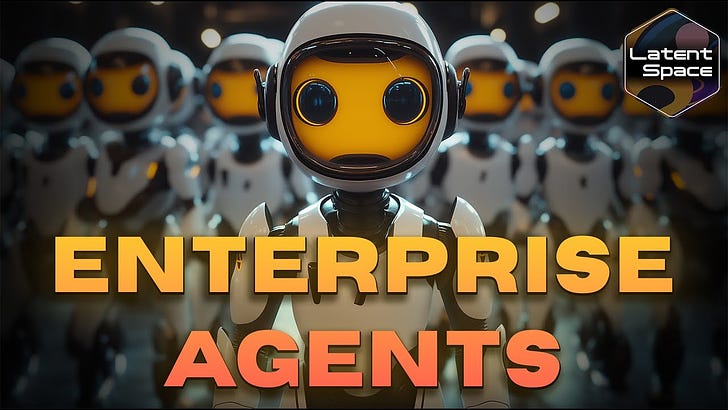
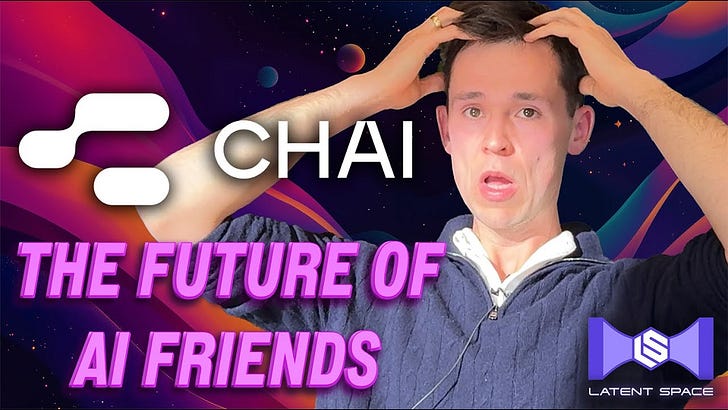

![[Ride Home] Simon Willison: Things we learned about LLMs in 2024 [Ride Home] Simon Willison: Things we learned about LLMs in 2024](https://s3.castbox.fm/0c/b6/ce/a4e5992f093b57336ea469ba58d85a340b_scaled_v1_400.jpg)
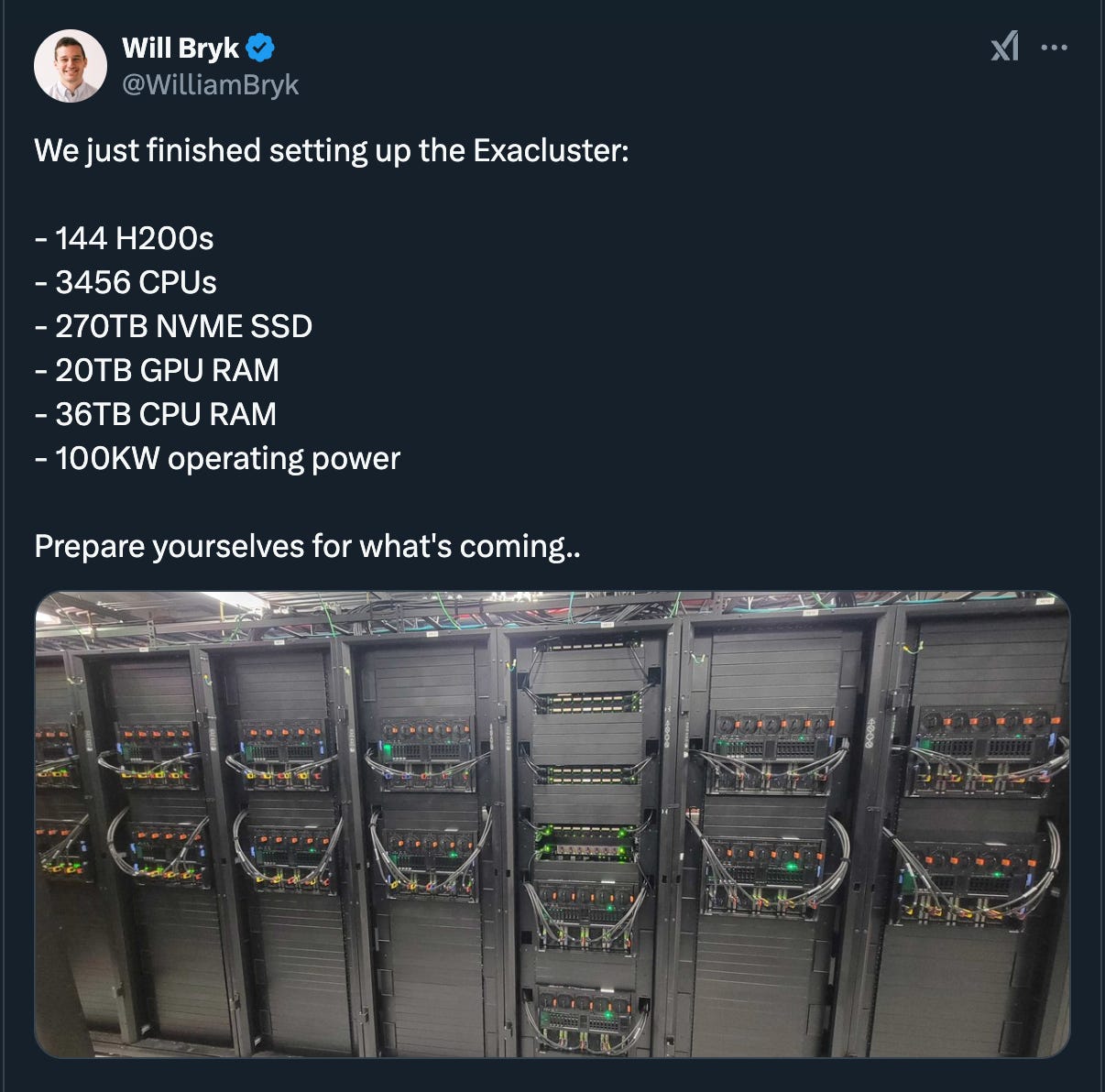
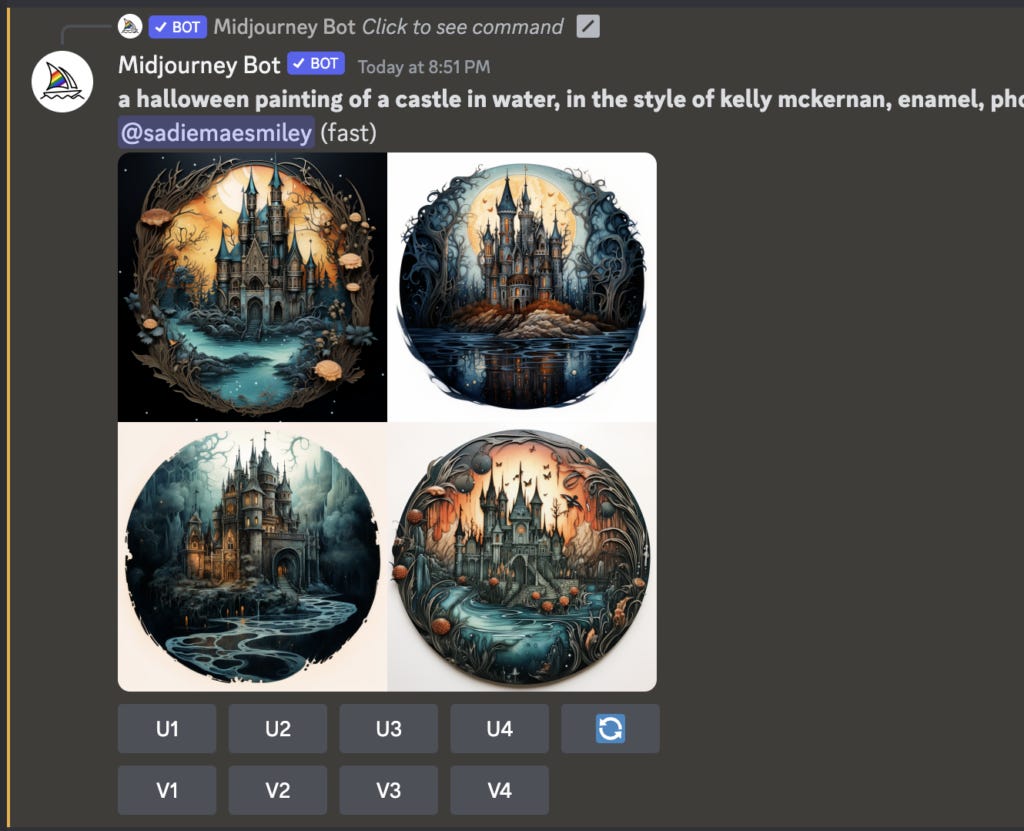
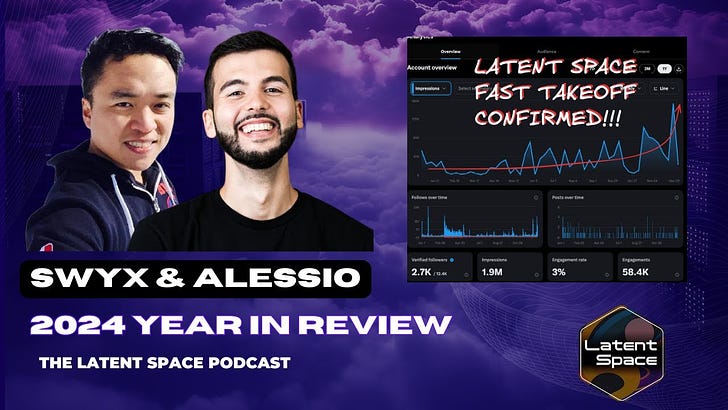
![2024 in Agents [LS Live! @ NeurIPS 2024] 2024 in Agents [LS Live! @ NeurIPS 2024]](https://s3.castbox.fm/3d/de/82/0d8893949c705b611e5972f65f39c94b2c_scaled_v1_400.jpg)
![2024 in Synthetic Data and Smol Models [LS Live @ NeurIPS] 2024 in Synthetic Data and Smol Models [LS Live @ NeurIPS]](https://substackcdn.com/feed/podcast/1084089/post/153567986/bbef81072a7602f9a124ffd13d17f992.jpg)
![2024 in Post-Transformers Architectures (State Space Models, RWKV) [LS Live @ NeurIPS] 2024 in Post-Transformers Architectures (State Space Models, RWKV) [LS Live @ NeurIPS]](https://substackcdn.com/feed/podcast/1084089/post/153556680/f4d6f1a19e9a93b6e342a5bbe8815cd2.jpg)
![2024 in Open Models [LS Live @ NeurIPS] 2024 in Open Models [LS Live @ NeurIPS]](https://substackcdn.com/feed/podcast/1084089/post/153509369/8926d1ae15dfa6cacc2b0cd7158b07d3.jpg)
![2024 in Vision [LS Live @ NeurIPS] 2024 in Vision [LS Live @ NeurIPS]](https://s3.castbox.fm/3e/66/20/159303c2f347870301315dc9e247e2ade0_scaled_v1_400.jpg)
![2024 in AI Startups [LS Live @ NeurIPS] 2024 in AI Startups [LS Live @ NeurIPS]](https://substackcdn.com/feed/podcast/1084089/post/153389370/2d1909e2fbbd5c9267a782756c04d8a3.jpg)

